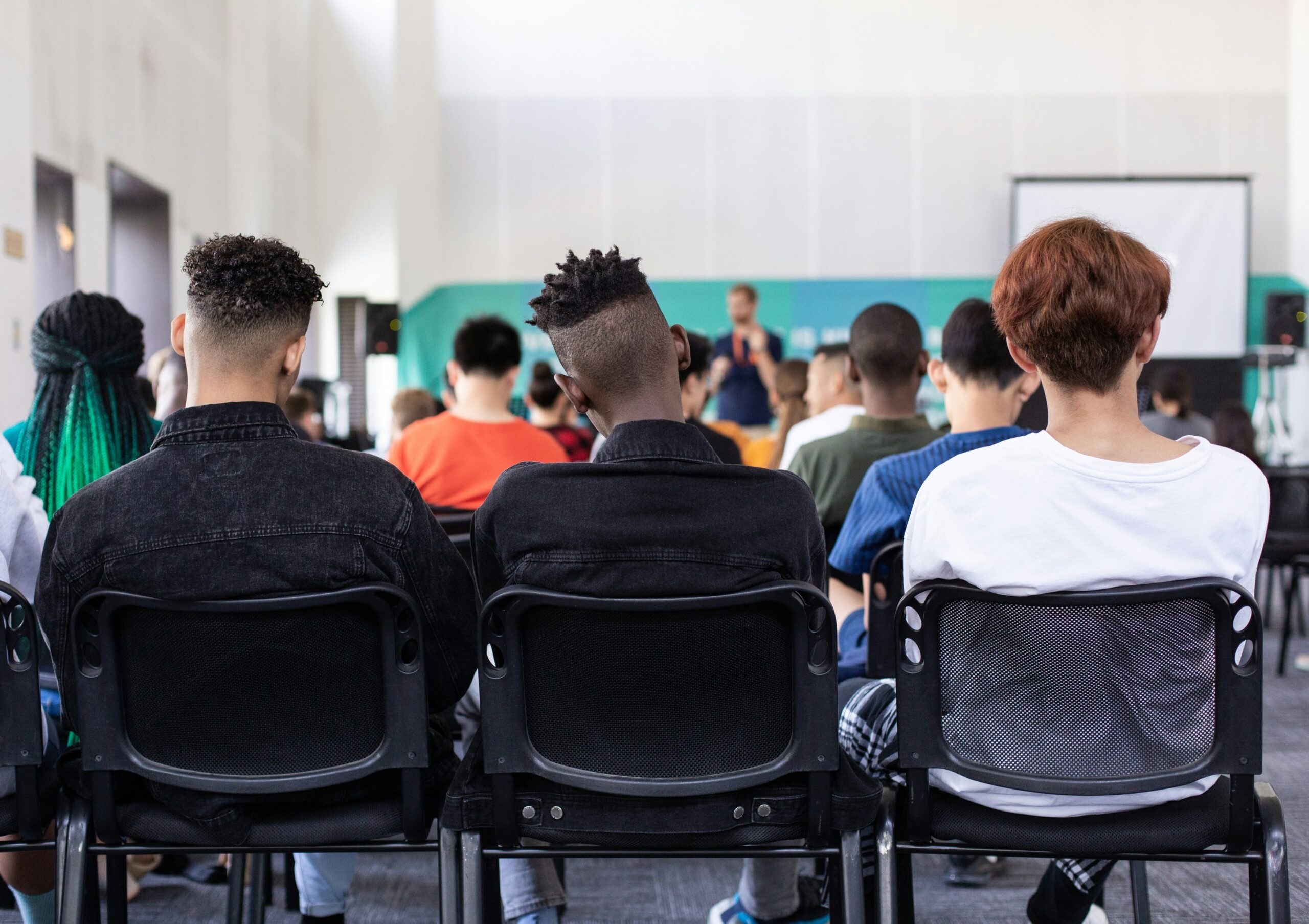Your classroom setup is the first impression your students will have and sets the tone for the new year. Students thrive on organization and structure, so the best thing you can do is to have a plan FOR EVERYTHING.
When you begin planning the layout of your classroom, make sure to plan for these top considerations:
1. Where do students place their book bags?
As students tumble into your classroom from the very first day, have a clear designated area for backpacks. Do you want them hanging from their chairs or on a hook in a separate area?
2. How are the desks grouped?
Decide if you want students grouped together for collaborative work as a team, in pairs, or placed at singular desks. Table teams are a great way to organize students and practice classroom collaboration from the very first day. It makes material distribution smoother as well. Each team can have a materials bin with the essentials, and each student can rotate through being in charge as the “material manager. If you choose to make groups, keep them to no more than 5 to assure that they are manageable.
3. Where are your classroom materials for daily use located?
Think about where you’ll place your pencil sharpeners. (And who will be in charge of sharpening them?) Then consider where you’ll store pencils, scissors, glue, crayons, paper, and other materials that students need access to. Student materials can be placed in storage towers with drawers along a wall, or on the tabletops at each team for efficiency.
4. Which direction will students be facing?
Be sure that as you set up your desks that students are facing the whiteboard or area in which instruction will occur. Make sure students’ backs are not facing your or away from any important areas they’ll need to be able to see. If possible, do some preplanning and find out if any of your students have visual impairments or attention-deficiency disorders and would benefit from being placed closer to the front.
5. Where will you be instructing from?
You want to be certain that all students can see and hear you when you’re delivering a lesson. Determine where you’ll present information from and what you need, for example, a projector or a document camera. You’ll want these devices to be easily accessible and allow you to face students while you’re teaching to keep engagement high.
6. Where will students turn in work or find work if they were out?
Make a plan for where students will turn in assignments as they finish working. Remember students may not finish at the same time, or you may be working with another student when they finish. For older students, you could create a numbered folder for each student in a hanging basket for students to place their work in their own individual folders. For younger students, you may simply want one basket where students turn in their work onto your table.
7. Do you need to plan for out-of-seat activities or workspaces?
If you are considering having flexible workspaces around the room, you’ll want to determine how much space you have to work with. Do you want students to have small tables to work on? Or bean bags with lap desks? Some students enjoy standing while working and will simply lean over a desk. You’ll need space to accommodate the different work styles.

